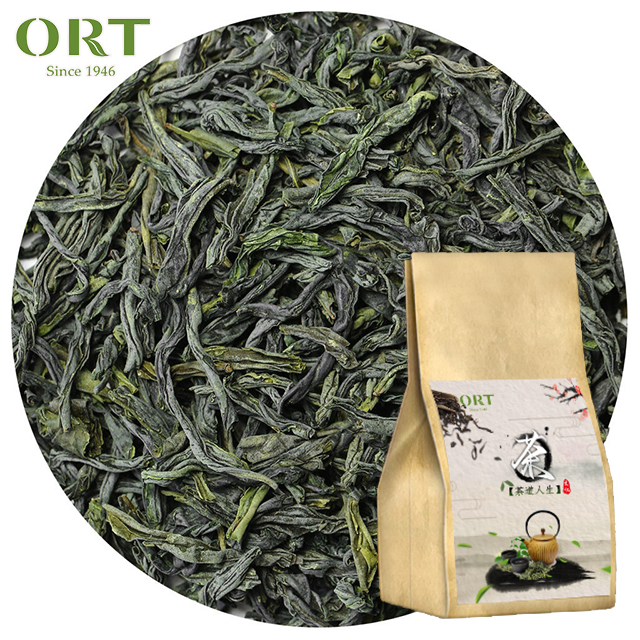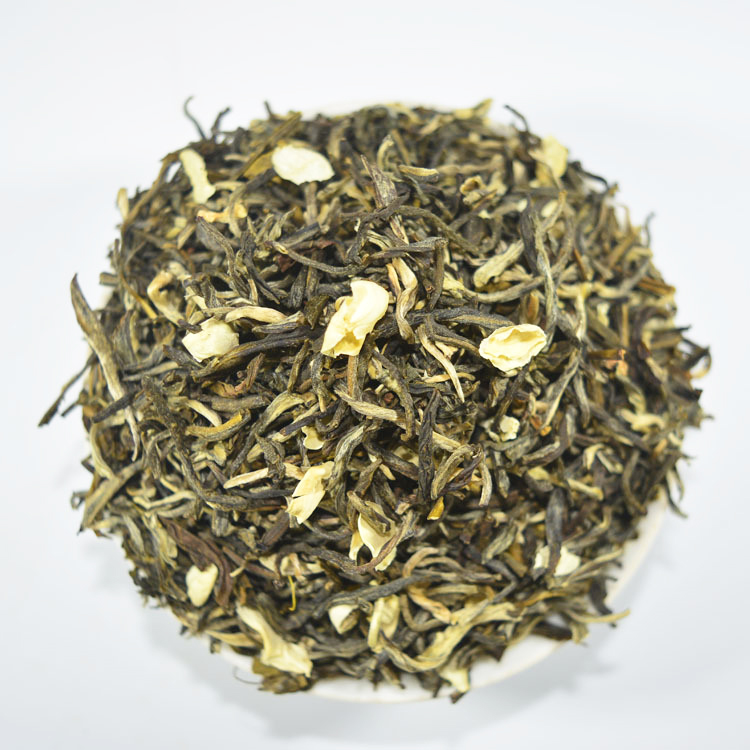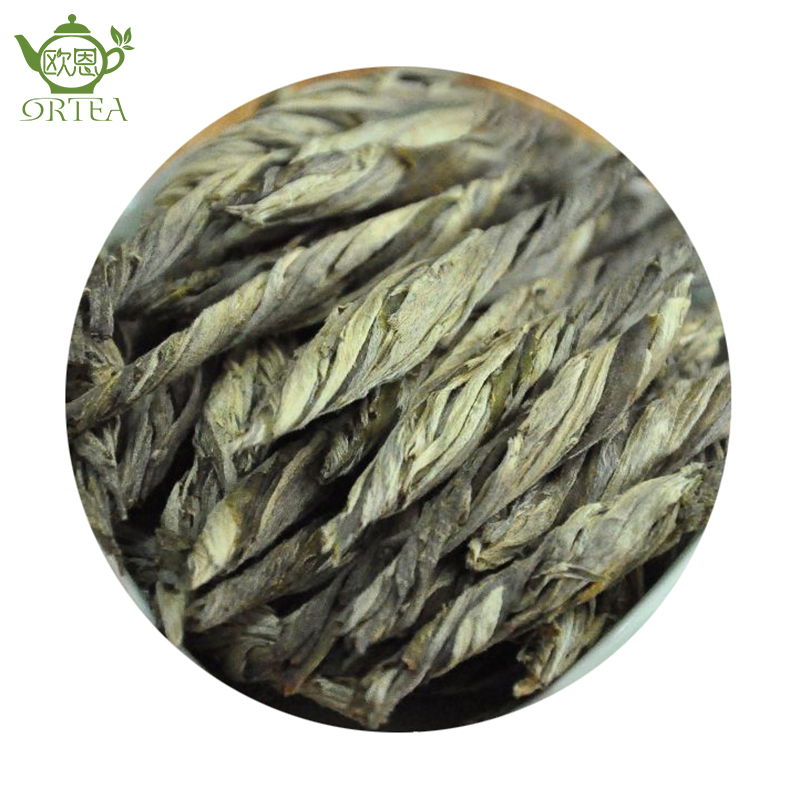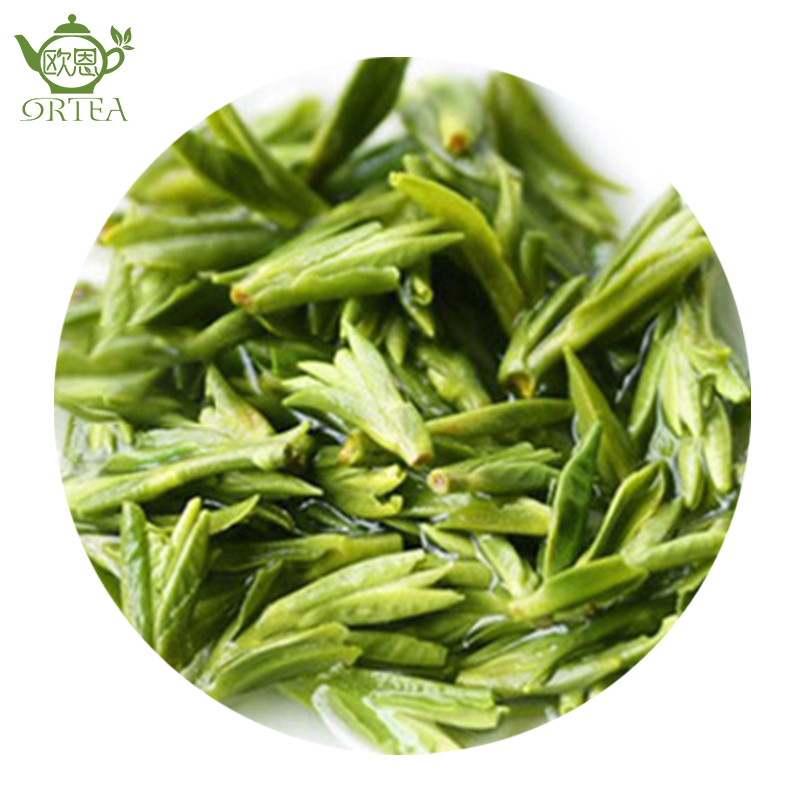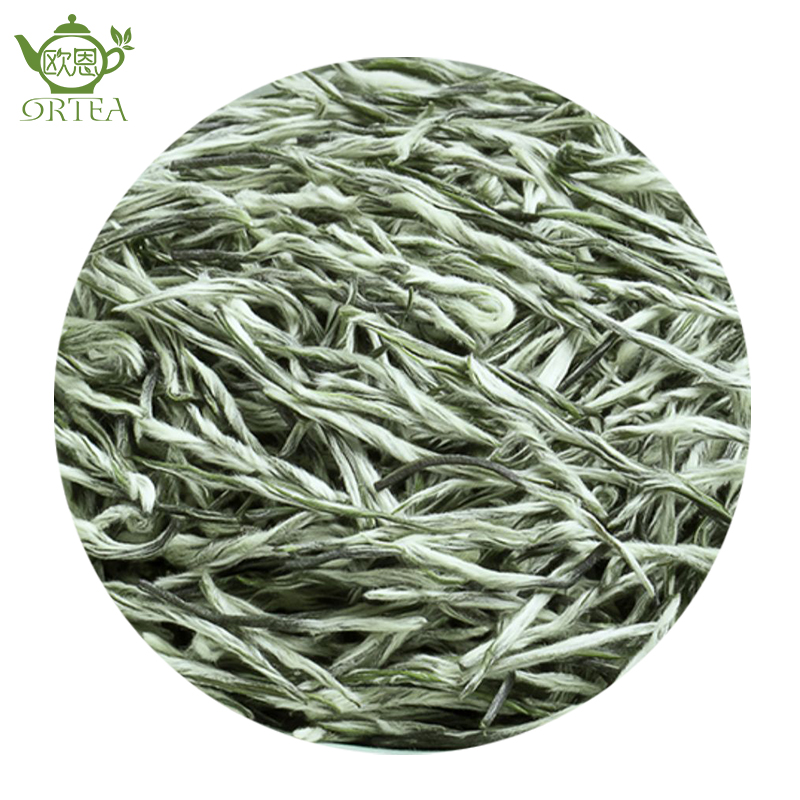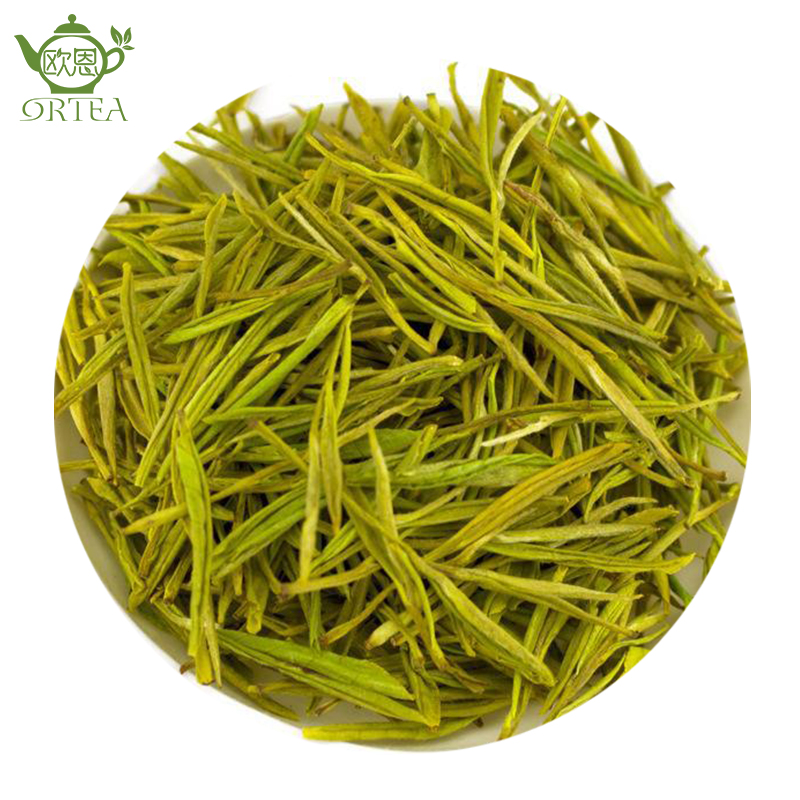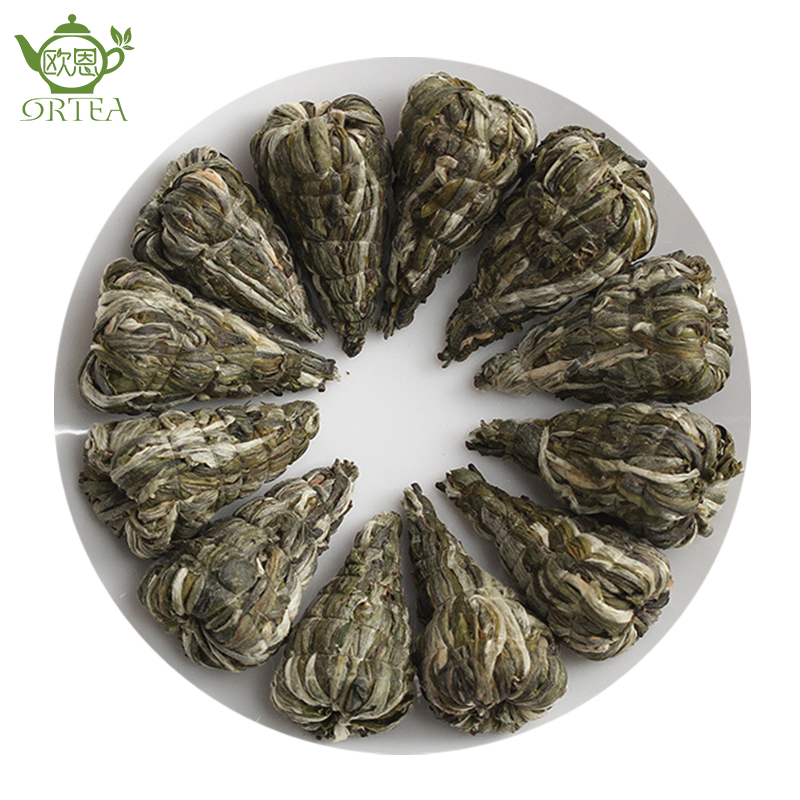Lu An Gua Pian also called “Melon Seed”, is one of the best green teas to come from Anhui province of China. This is no small feat considering Anhui is renowned for producing a variety of high quality green teas since the Tang Dynasty. It is also a China's Top Ten Famous Teas and was the winner of the China Tea Award in 1982 and China Food and Drink Award in 1988 for its superior refreshing taste and quality.
Gua Pian Tea is unique because it is processed using only the leaf part (without the bud). The history of Lu An Gua Pian dates back to the Tang Dynasty, where records were found in Lu Yu's Cha Jing (first ever book on tea) describing it as a "Superior Tea", and it was also a tribute tea in both Ming and Qing Dynasties. Lu An Gua Pian is said to be able to help improves vision and relief sleep disorder.
|
||
| 【SKU】: ORT74 | ||
| 【Process】:Picking-Spreading-Frying-Baking-Selecting-Packing | ||
| 【Harvest Time】: Spring | ||
| 【Dried Leaves】:No bud no stem, emerald green color, smooth, white frosty on leaves | ||
| 【Infusion】:Yellow green, bright | ||
| 【Taste】:Fragrant, lasting thick mellow aftertaste | ||
| 【Aroma】:Floral sweetness | ||
| 【Brewed Tea Leaves】:Bright yellow and green, fresh and plump, refreshing | ||
| 【Shelf Life】: Two Years,Store in cool, dry place away from sunlight; keep ventilated |
Product Details
1.Dry tea: no bud, no stem, emerald green color, smooth, white frosty on leaves
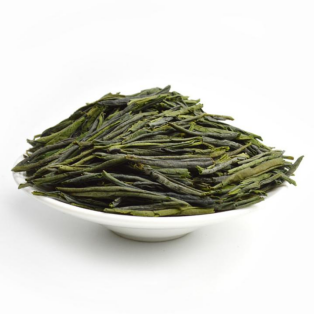
2.Tea infusion: yellow green, bright, fragrant, lasting thick mellow aftertaste.
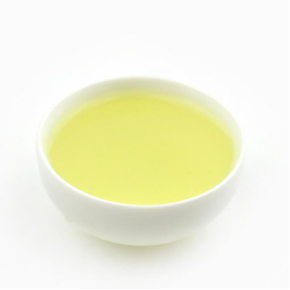 3.Boiled tea leaves: bright yellow and green, fresh and plump, refreshing
3.Boiled tea leaves: bright yellow and green, fresh and plump, refreshing
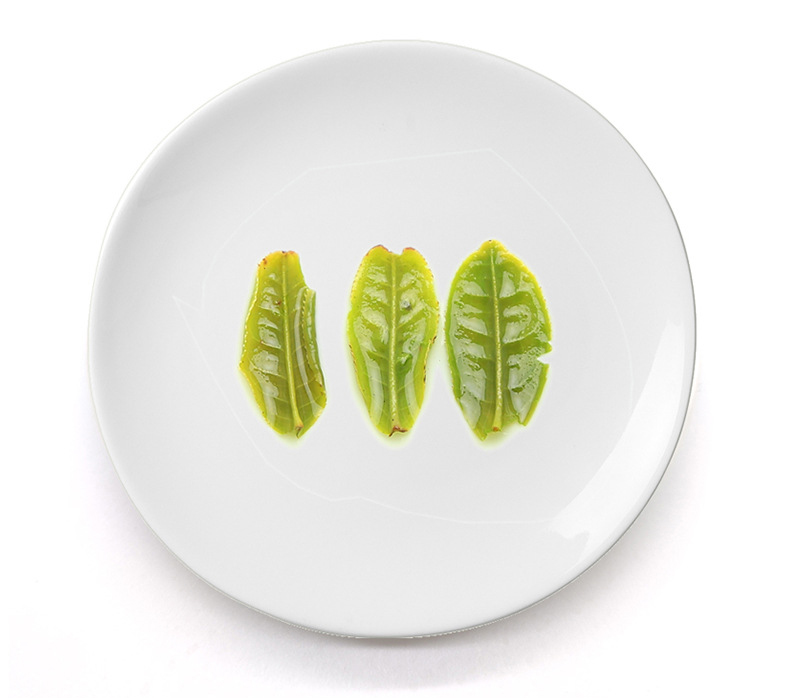
Origin:
selected tea leaves from Qishan, located at the golden latitude of 31°from 400-800m high mountain, integrated 1330 hectare tea garden, with an average annual temperature of 14 ° C and annual precipitation > 1200mm. The annual sunshine duration is more than 2000 hours, the light is sufficient for tea nutrients, the yellow brown soil is more than 1.5m deep, and the soil is rich in organic substances.
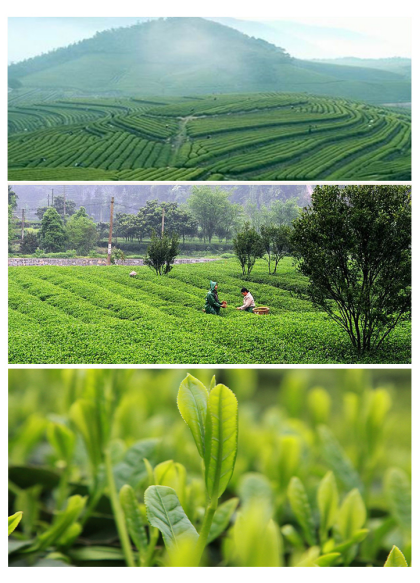
Strict criteria:
A: Only high mountain tea we are aiming at, and the output is low.
B: Authentic native tea cultivar - Qishan middle small tea tree.
C: Picking before Grain Rain/Gu yu: "good tea is not afraid of being picked late", no harvesting tea before Ming Qian festival, we treasure more at fat big tea leave shape rather than tender buds.
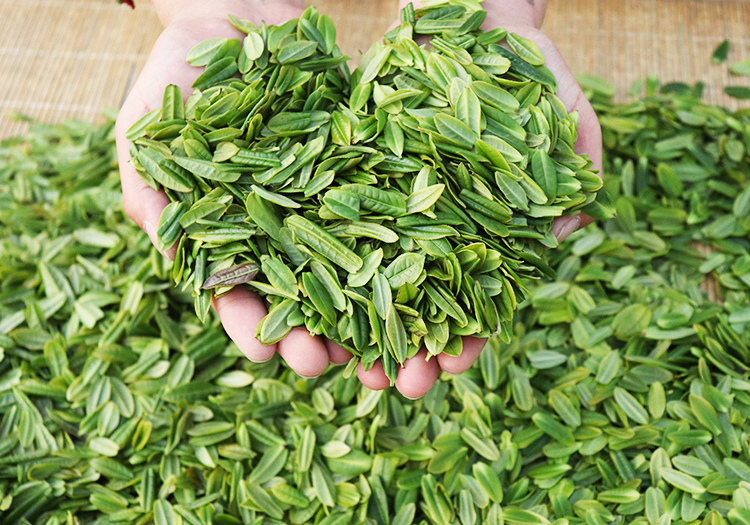
Process Production:
A: standardized production, 10000㎡workshop, core Lu An Gua Pian Tea area, advanced processing line, safe, healthy and standard.
B: Manufacturing supervised by experienced master, under pharmaceutical attitude for a cup of good tea.
C: 3-8 strict sorting process by the professional QC team, our masters are keen on improving quality of every cup.
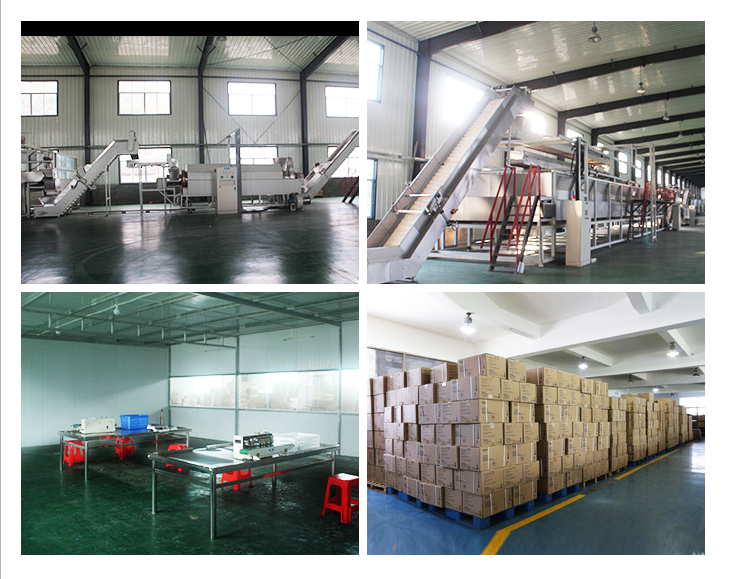
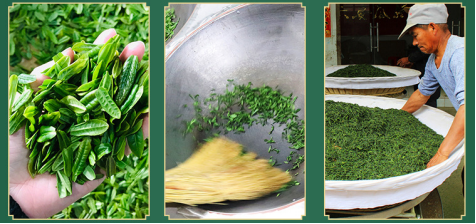
Keep improving:
A: picking tea- about 6:00 in the morning
B: Spreading tea: to cool the fresh leaves with bamboo mat, the thickness is 4cm-6cmfor 4h-6h. After spreading and cooling, the leaves emit green grass flavor and part of water, which enhanced tea fragrance.
C: Frying tea- Stir tea leaves for 1-2 minutes at 120'c. the leaves will be completely green without scorching.
- Baking tea- Using100 degrees fire in the bamboo drying cage. The tender leaves should be spread thin while the old leaves should be a little thicker. The tea should be flapped evenly per 2-3 minutes.
- Selecting- to ensure the bulk tea leaves more even and clean.
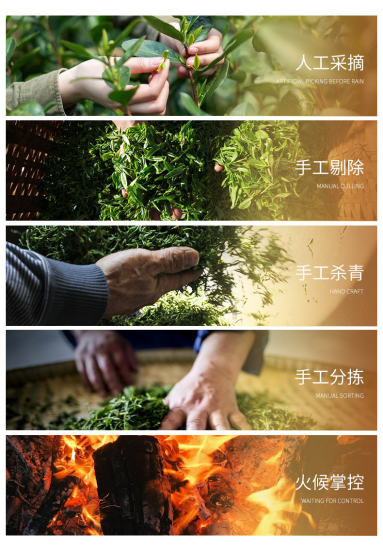
History
"Liu'an Guapian" tea was born in "Liu'an Tea" and is the essence of the famous tea in Qing Dynasty. According to the historical records of Lu'an and the famous products listed in "Suiyuan Shidan" written by the poet Yuan Mei during the Qianlong period of the Qing Dynasty, and folklore, Lu'an melon slices evolved from the "Qishan Yunwu" in Lu'an tea in the middle of the Qing Dynasty , The local people circulated the saying "Qishan Yunwu, east from Mangshe Cave, west to Bat Cave, south to the golden basin Zhaoyue, north to the crystal nunnery". The origin of Lu'an melon slices is in the mountainous area around Qitou Mountain. It was listed as a famous product in the Qing Dynasty and sold well between the Jianghuai River and the middle and lower reaches of the Yangtze River. It was sold to Hong Kong, Macao, Taiwan and Southeast Asia, Europe and the United States. .
In 1856, after Empress Cixi was born to Emperor Tongzhi, he was only eligible to enjoy the treatment of fourteen liang of guapian tea every month. The older generation of revolutionaries have a lot of love for Lu'an melon slices. The great man Zhou Enlai and General Ye Ting once had an indissoluble relationship with Lu'an melon slices.
After the founding of the People's Republic of China, Lu'an Guapian has been used as a special tribute tea by the Central Military Commission.
In July 1971, the then US Secretary of State, Dr. Kissinger, visited China for the first time. Lu'an melon slices were given as a national gift tea, which promoted the development of Sino-US relations and was passed on as a good story. "Lu'an Guapian" is worthy of being the precious historical and cultural heritage of Lu'an people.
In 1997, Dushan Township, Yu'an District, Lu'an City began to restore the traditional craftsmanship of Lu'an melon slices on a pilot basis, using the three villages of Lengshuichong, Mojianchong, and Liushuchong in Dushan Town as pilot projects.
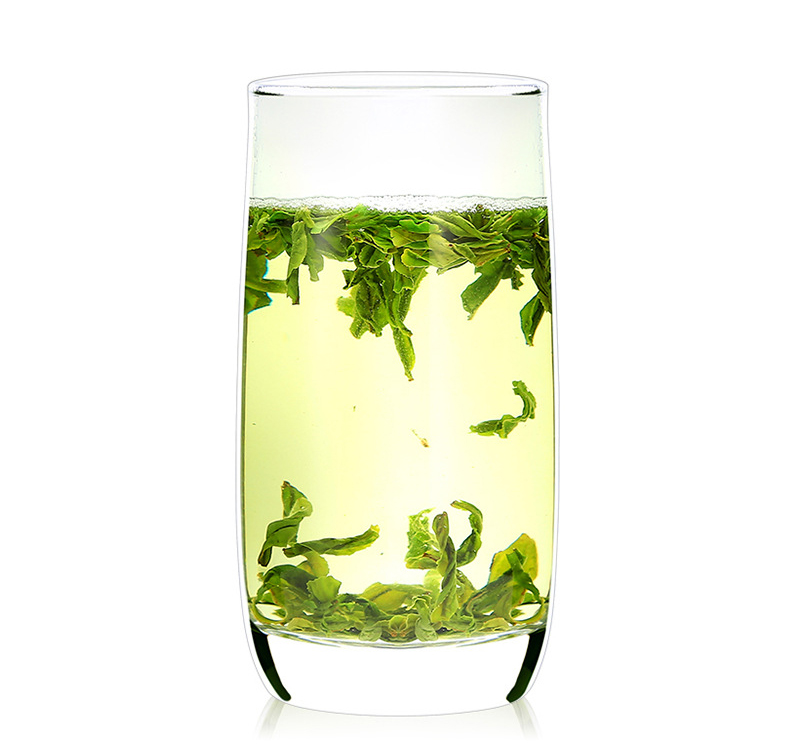
Health Benefits:
A: High nutritional value: Lu'an Guapian is the most nutritious tea among all green tea, because it is full of leaves, the growth cycle & photosynthesis time of tea is long, which lead to the high amount of accumulated nutrients. It has a variety of essential trace elements for human health.
B:Lowering blood lipid: catechins in Lu'an Guapian tea can reduce total cholesterol, free cholesterol. It contains flavonoids of antioxidant effect, can reduce the incidence of cardiovascular disease.
C: Weight loss: Lu'an Guapian contains theophylline and caffeine, triglyceride lipase and activated protein kinase, it can reduce the accumulation of fat cells, so as to achieve the effect of weight loss!
Brewing suggestion: Using white porcelain tea set. Before brewing, put 3-5g Lu'an melon into the cup, pour 90 degrees boiling mineral water. Fill the cup with water to 2/3 and wait for the tea to dance in the tea cup.
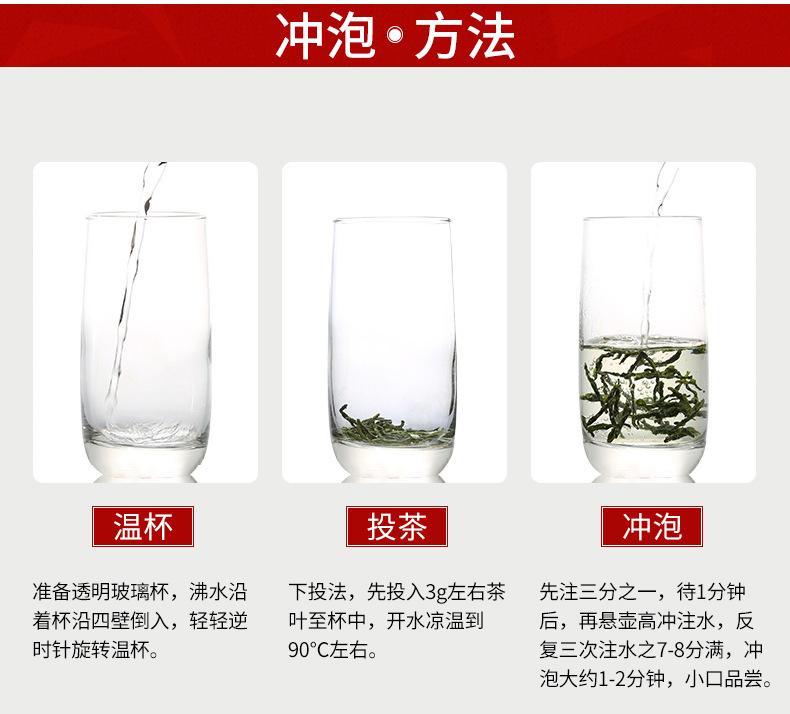

Product recommendation

